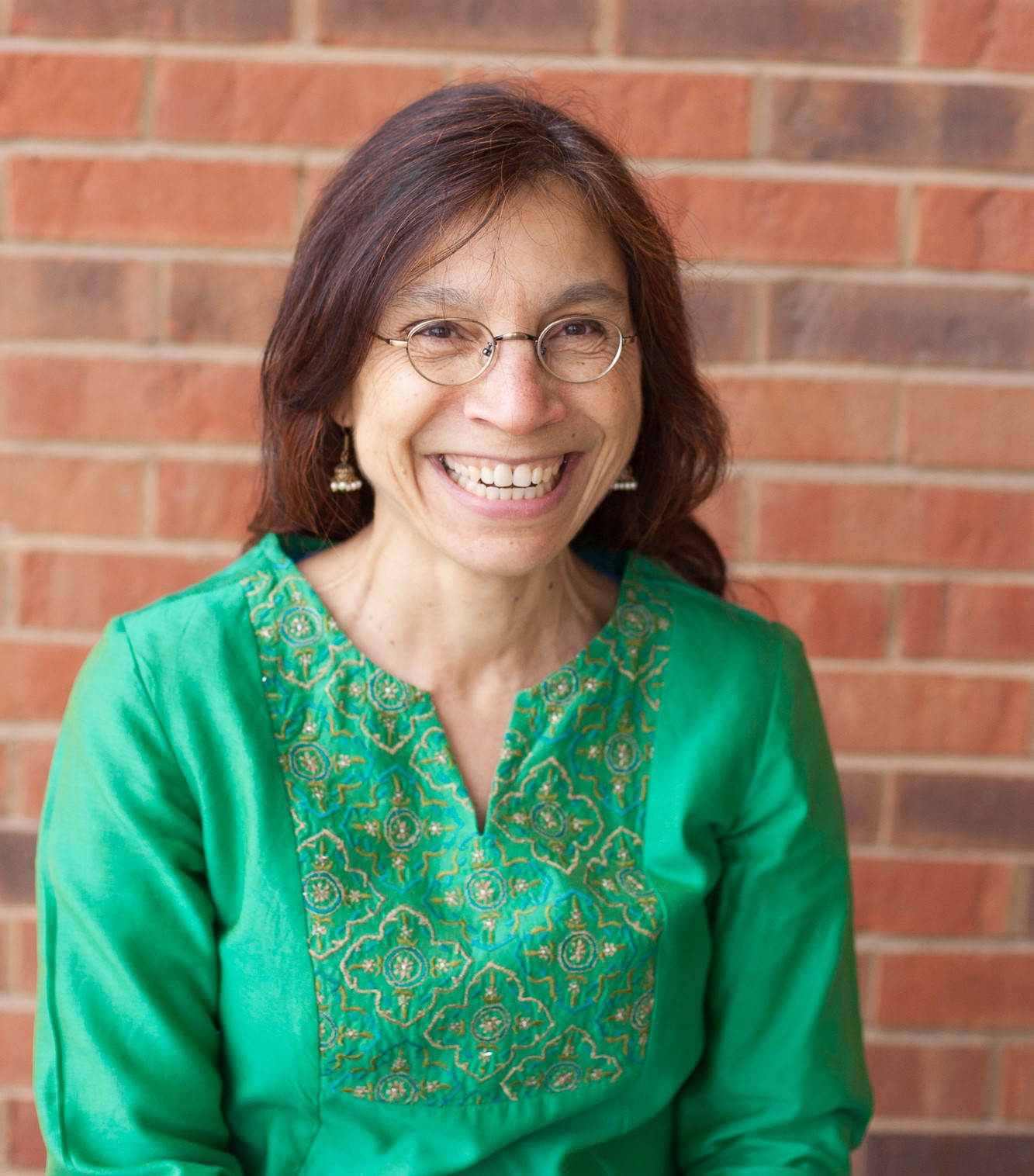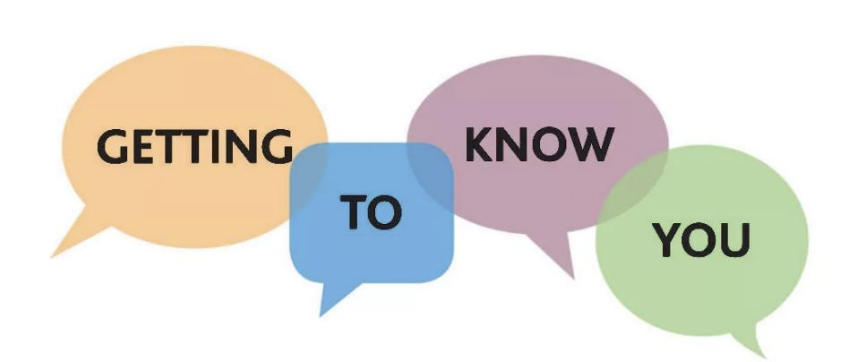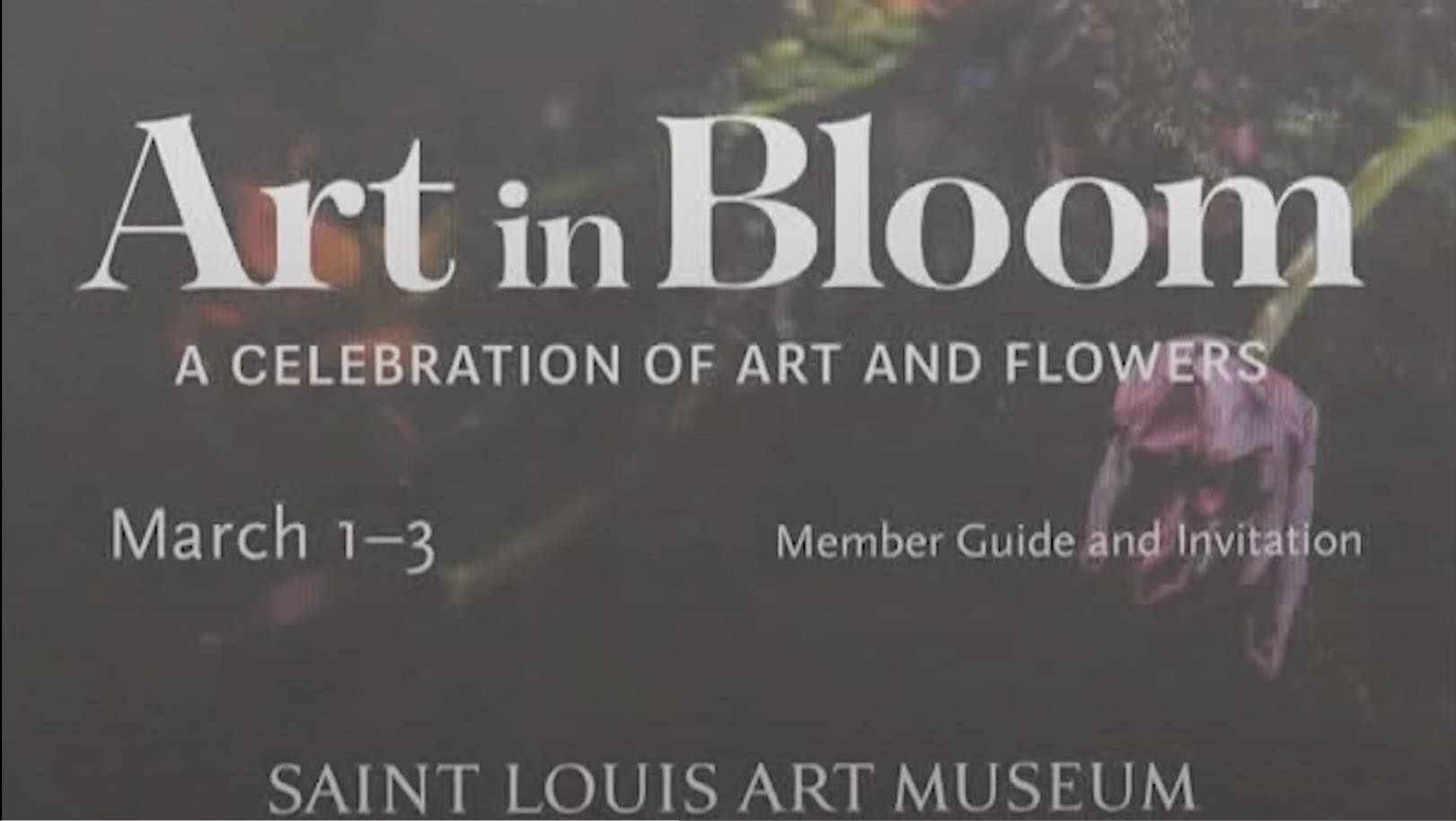STLCC-Meramec students, faculty and staff celebrate women with a month-long schedule of events

By: CASSIE KIBENS
Production Manager
Every 14 seconds the sound of a gong spread throughout the STLCC-Meramec student center March 26. Each time the gong rang, a women in the U.S. was abused. Pink, blue, white and grey T-shirts also fill the lobby, with anonymous stories of rape, abuse and assault.
Denise Sperruzza, associate professor and head chair of the Diversity Committee, organized the sixth annual Clothesline Project, put on the week of March 24, which was co-sponsored by Women’s History Month committee. The project’s goal is to bring awareness to rape culture and to share the stories of Meramec students, according to Sperruzza.
“I think [Women’s History Month] is hugely important. I think that our students will greatly benefit by being exposed to differences, and practicing seeing those differences, communicating about those differences [and] understanding people’s perspectives,” Sperruzza said while the sounds of real women screaming played on a stereo behind her. “I think it’s more important at an academic institution because that should be coupled with education. Education is more than just the content of whatever class you’re taking; it’s learning how to think critically, it’s learning how to take different perspectives and not immediately judge it, but think about it first. I think education would be less if these kinds of activities don’t happen on a college campus.”
Sperruzza said she was happy to be placed on the diversity committee because she teaches her class about communication between cultures and how acceptance is part of that as well.
“Personally my belief about diversity and acceptance is, I just think that people should accept everyone else as a person and of course not have to see the labels and that seems so cliche, but I wish we could get to a place where we didn’t have to have safe zone training,” Sperruzza said. “For example, there wouldn’t be a need to help people become more accepting. I wish people would just see each other for people and not worry about all of the other aspects. And that’s what I try to bring into my classrooms when I teach.”
Sperruzza said she also believes that feminism and other issues in the world exist on a spectrum. She said she thinks that life exists “in the middle” and not just on either extreme end.
“I think that just as other issues in our society, sometimes we don’t talk about [feminism] enough and people may not be aware that there is that spectrum,” Sperruzza said. “There’s a concept that we teach in oral comm. it’s called ‘polarized language.’ We have terms whether we talk about somebody being fat or skinny or this character in a movie is the good guy or the bad guy, and we use that so much in our culture that we forget things exist on a spectrum, we forget that there’s middle grounds to all kinds of things. I think if we have more dialogue and conversations, then people will realize that.”
Sperruzza and students also attended the Take Back the Night event sponsored by both Diversity Committee and Women’s History Month. The goal of the event was to educate women and men about how women are perceived in society and what can be done to respect women more, according to Sperruzza. Students made signs and the women participated in a 10-minute walk around the Meramec campus.
“It’s so cool to see the unification with all the students,” Madyson Lorraine, Meramec student, said while working on a poster for the walk. “There’s not that many people here but still, like the people who showed up, they’re taking time out to stand up for something that they believe in and that’s super cool.”
Sperruzza said she believed the goal of these Women’s History Month events is to bring awareness to the issues.
“If I had to put it in one word: awareness,” Sperruzza said. “That would cover all of the issues, awareness of violence against women and awareness that this exists. If we could accomplish that, and increase awareness in students that would be amazing. If we could get to a place of more respect that would be even better.”











